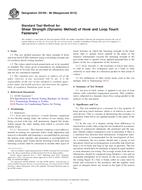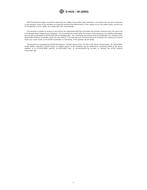1.1 The purpose of this practice is to present the broad concepts of sampling the ambient air for the concentrations of contaminants. Detailed procedures are not discussed. General principles in planning a sampling program are given including guidelines for the selection of sites and the location of the air sampling inlet.
1.2 Investigations of atmospheric contaminants involve the study of a heterogeneous mass under uncontrolled conditions. Interpretation of the data derived from the air sampling program must often be based on the statistical theory of probability. Extreme care must be observed to obtain measurements over a sufficient length of time to obtain results that may be considered representative.
1.3 The variables that may affect the contaminant concentrations are the atmospheric stability (temperature-height profile), turbulence, wind speed and direction, solar radiation, precipitation, topography, emission rates, chemical reaction rates for their formation and decomposition, and the physical and chemical properties of the contaminant. To obtain concentrations of gaseous contaminants in terms of weight per unit volume, the ambient temperature and atmospheric pressure at the location sampled must be known.
1.4 This standard does not purport to address all of the safety concerns, if any, associated with its use. It is the responsibility of the user of this standard to establish appropriate safety and health practices and determine the applicability of regulatory limitations prior to use.
Product Details
- Published:
- 03/01/2005
- Number of Pages:
- 4
- File Size:
- 1 file , 72 KB


